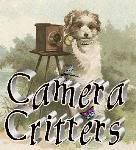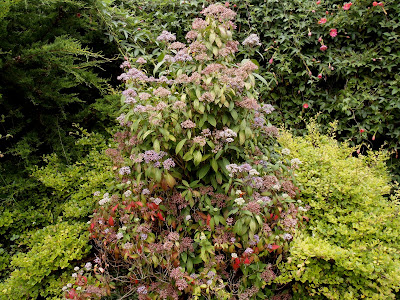San Francisco Zoo Puente al Sur Exhibit
History of Puente al Sur
The San Francisco zoo is home to many a rich and diverse population of wildlife native to several regions around the world and Puente al Sur or Bridge to the South is just one of them. Native to South America and Central America, this exhibit displays plant life and animal life living together in harmony within the confines of this exotic exhibit. Today I will bring you some photos and interesting facts about this colorful area of the San Francisco zoo.
The Black Neck Swan
The black neck swan is one of the many reasons I enjoy this particular exhibit. These swans have an advantage over the average duck in that their necks are so long they can reach food below the surface that other species are not able to reach. Their diet mainly consists of aquatic plants and algae and they nest in swamps. The exhibit at the zoo was built to mimic their native habitat. No matter the weather conditions they can be found daily gracing the pond at Puente al Sur.
The Capybara
For being the world's largest rodent, I have to admit that the capybara is pretty cute. They weigh up to about one hundred and sixty pounds and are about five feet long. Since the capybara has webbed feet it can swim underwater for long distances.
Their diet consists of grass and aquatic plants and are always found near a body of water. They rest among the reeds by the pond at the San Francisco zoo.
In the wild, the male is dominant. They typically live in groups with one male, several females along with their babies and young ones.
Though the species is not threatened, there is a demand for it's meat and as a result the capybara in some Latin American countries is protected by licensed ranches.
The Black Swan
Black swans are very large birds with a long neck consisting of twenty five vertebrae .These beautiful birds mate for life and nest in the same area each year.
They are always found among bodies of water to include, ponds and lakes. They live on plants and grasses with nests that are built of reeds and reach up to five feet long. Though they are not endangered, they are regularly hunted in New Zealand.
Giant Anteater
I have to admit that I can never get enough of this beautiful and exotic looking creature. The giant anteater at the San Francisco zoo is a popular attraction. I think one of the big reasons he fascinates me is that he shares the Puente al Sur habitat with all of these animals and birds that are mentioned here, yet they all live together as one happy family.
The giant anteater is the largest of all species of anteaters. They measure between three and a half feet to four and a half feet from their snout to their backside. Their tails measure another two and a half to three and a half feet in length. They have long shaggy hair and a white shoulder stripe as you can see in the photo. Anteaters do not have teeth so they cannot chew but their tongues measure two feet long. Giant anteaters can eat up to thirty thousand insects in one day. Their tongues have the innate ability to dart in and out of their mouth one hundred and fifty times per minute. That's alot of ants.
The giant anteater is a solitary creature and has no permanent home. In the wild he will find lost burrows and curl up for the evening.
White Faced Whistling Duck
Though these beautiful ducks spend most of their time in the water you can find them nesting in trees. At the San Francisco zoo their habitat within Puente al Sur consists of foliage and trees as well as a small pond.
Whistling ducks live in the wetlands where they eat fruit, seeds and insects. Their name (whistling duck) refers to a three note call or whistle which they use to congregate their flock.
These are very colorful and beautiful ducks which you can find not only at Puente al Sur but also in the South American Tropical exhibit at the San Francisco zoo.
Peacock at the San Francisco zoo
Though the peacock roams freely at the zoo you can find it on display at Puente al Sur. These birds are quite the showstoppers and are always entertaining the crowds particularly within the confines of this exhibit
Baby Anteater Debut at the San Francisco Zoo

Click the above widget for more Camera Critters fun.










Comments